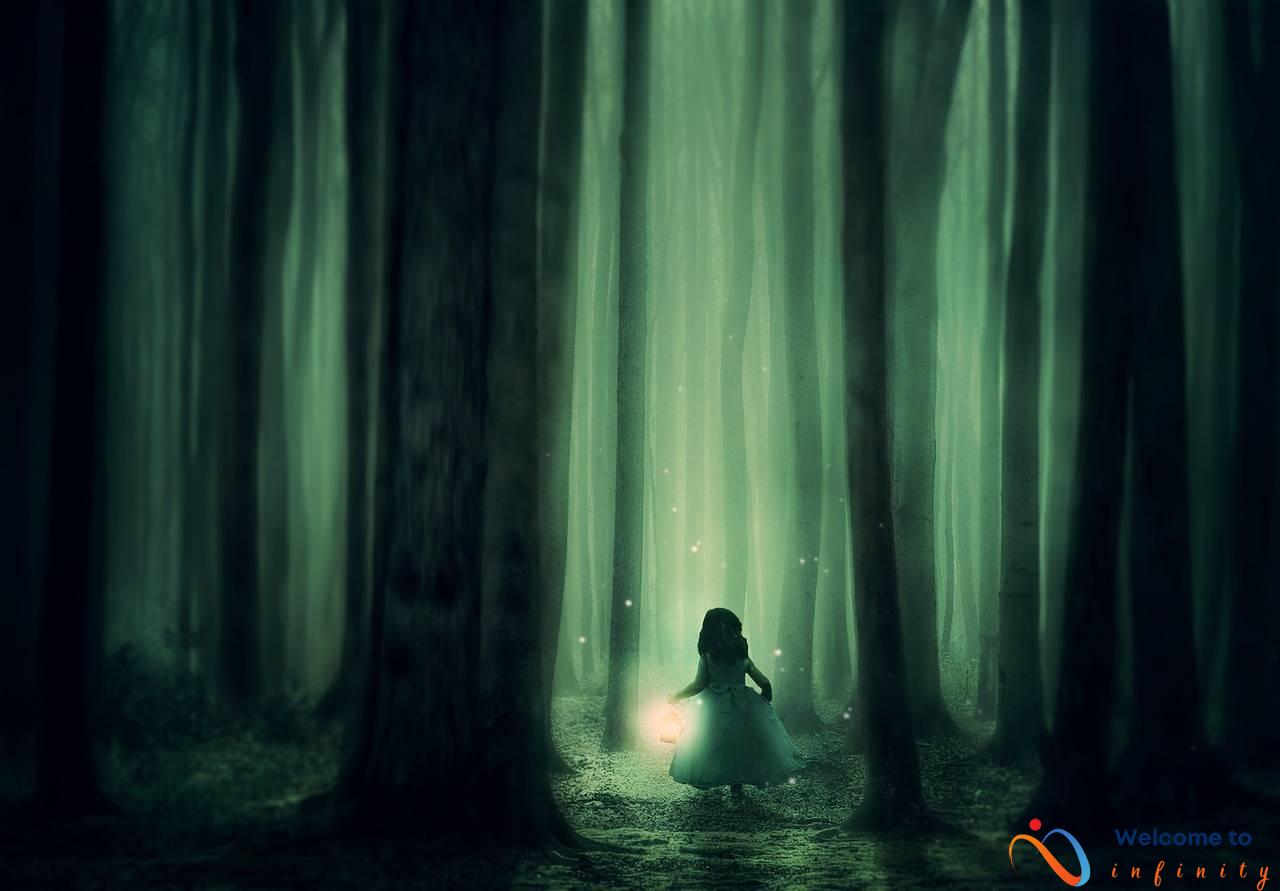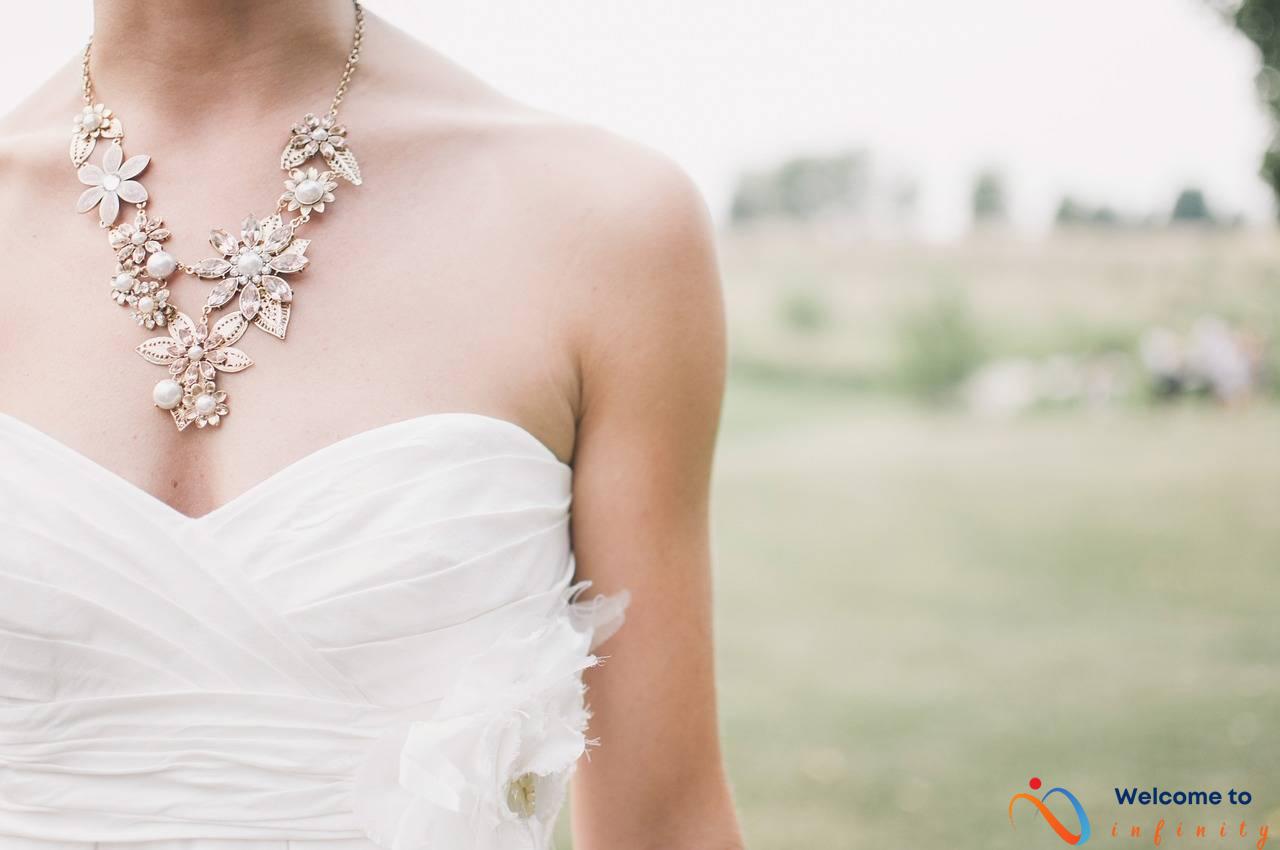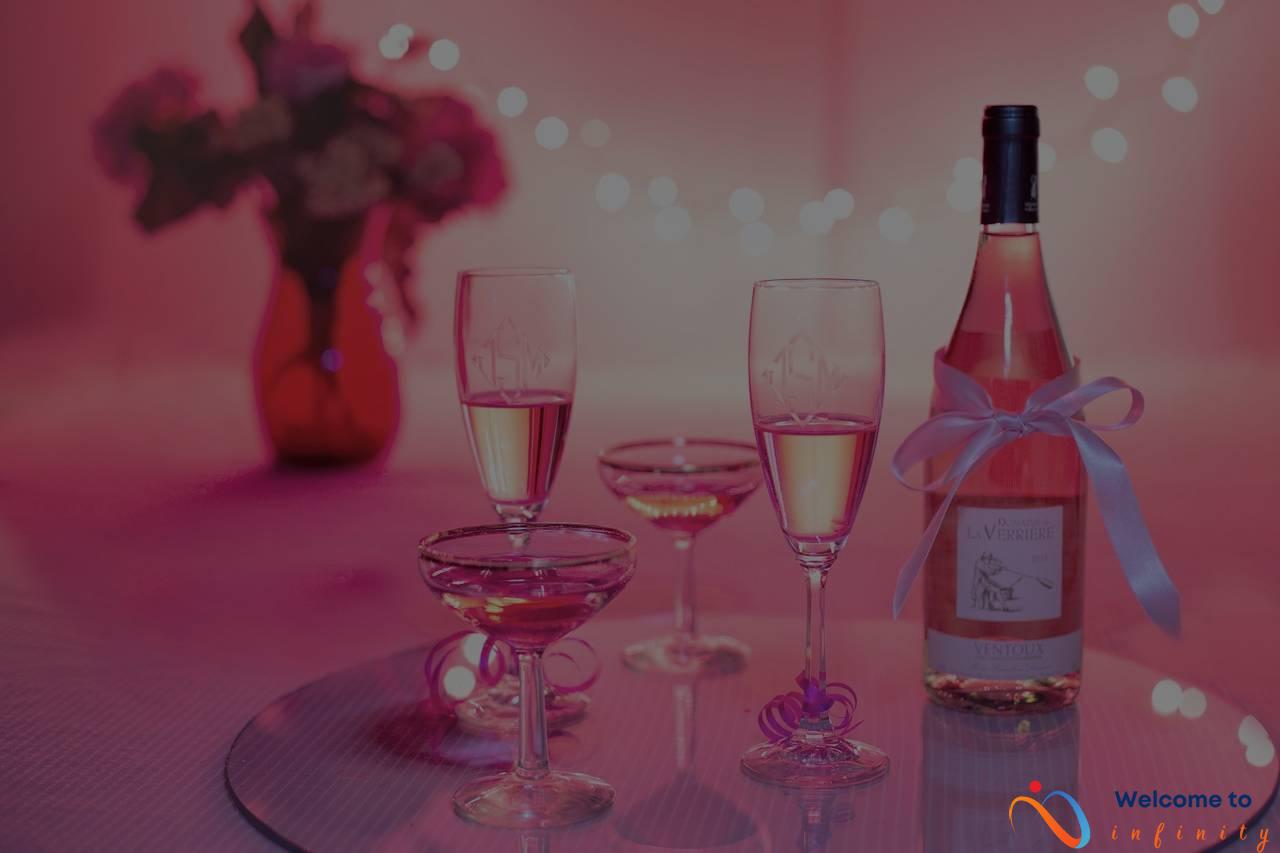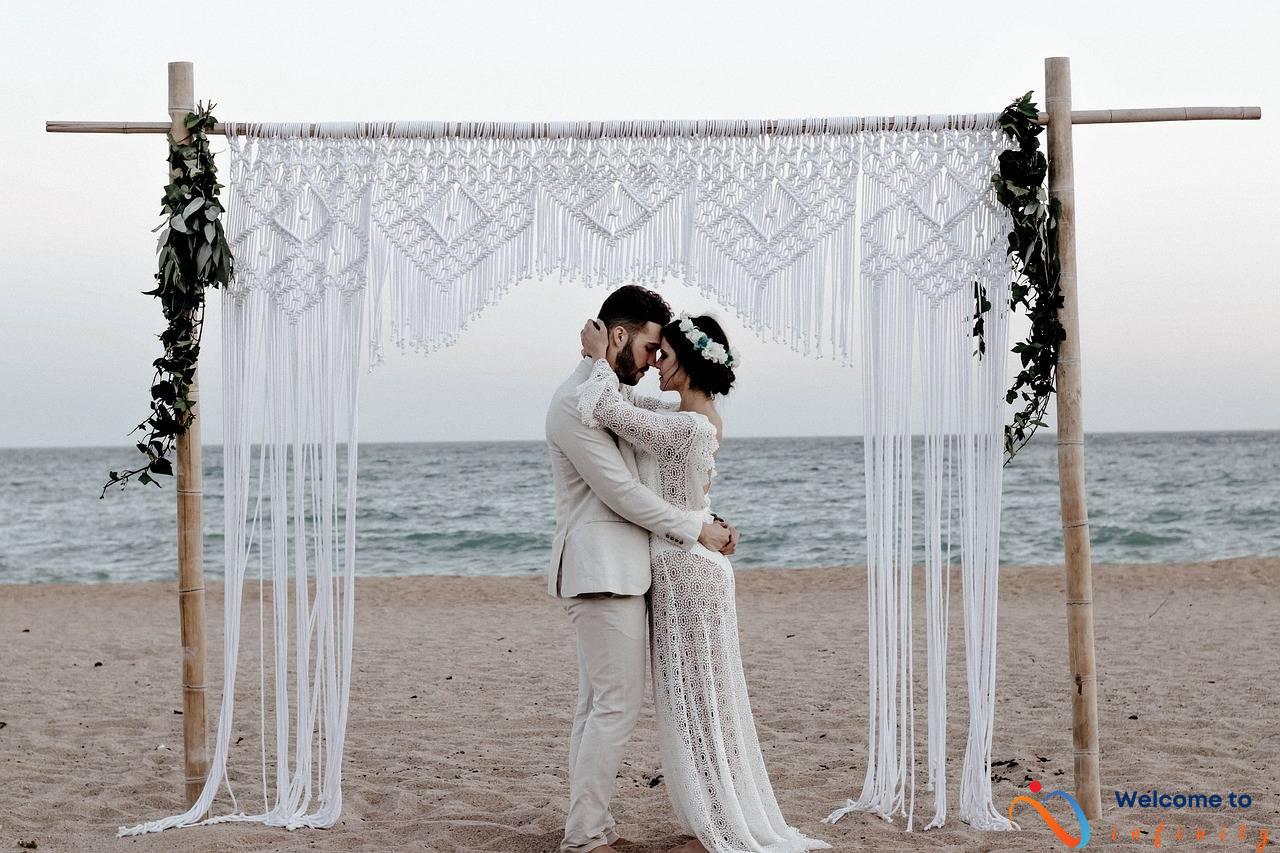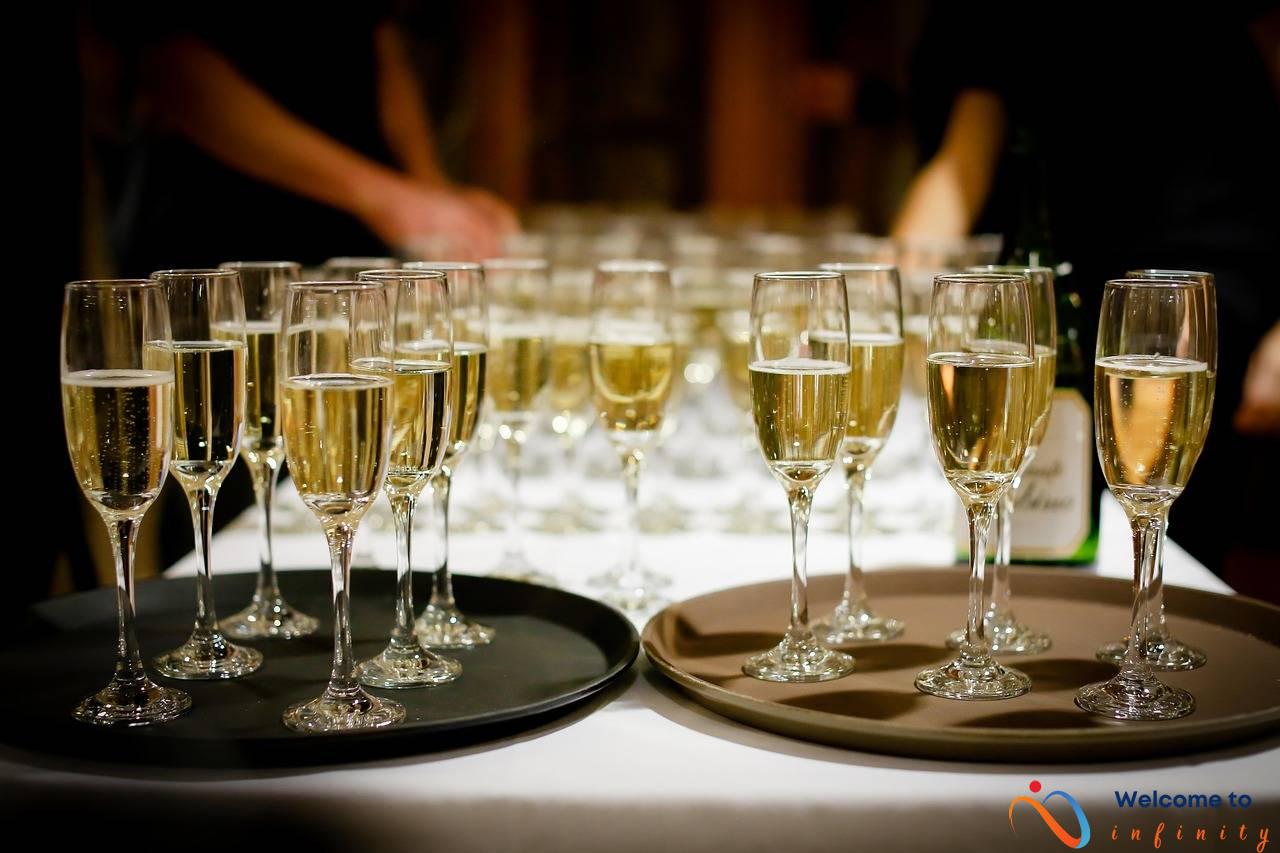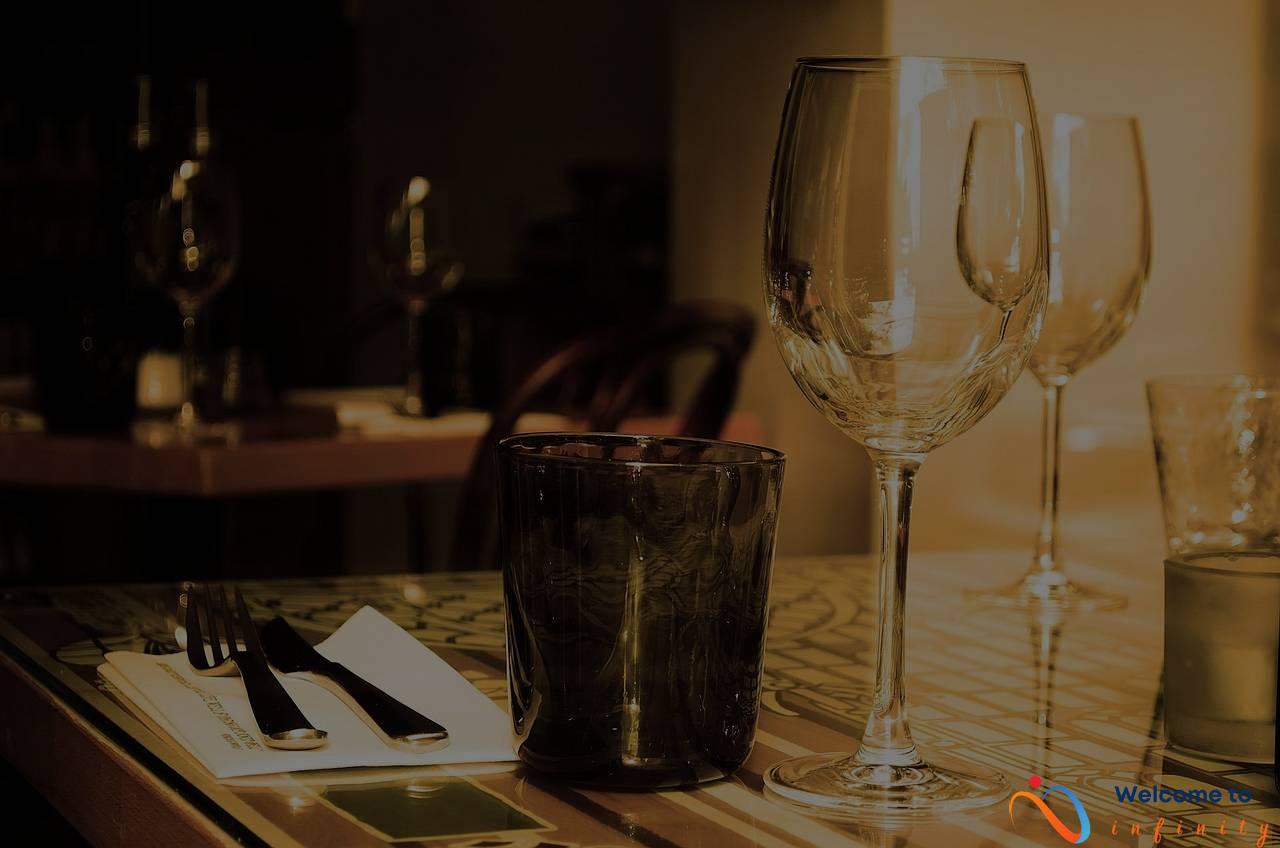Weddings are one of the most special and memorable occasions in a couple's life. couples often spend months planning the perfect wedding that reflects their personal style and values. For couples who come from different cultural backgrounds, having a multicultural wedding can be a beautiful and enriching experience for everyone involved.
A multicultural wedding is a celebration of diversity and represents a merging of two or more cultures. It offers an opportunity to showcase and honor the different customs, traditions, and beliefs of each culture. The wedding becomes a unique expression of the couple's identities and the love they share.
Planning a multicultural wedding can be an exciting and informative journey. It gives couples an opportunity to learn about different cultural practices and can open up new perspectives and ways of thinking. Incorporating these different cultural elements in the wedding ceremony and reception creates a fusion of traditions that results in a unique and personalized experience.
- Blending Customs: Couples can blend customs from different cultures to create a unique wedding ceremony that reflects their personalities. For example, they can incorporate a traditional Chinese tea ceremony into a Western-style wedding or have a henna ceremony before a Christian wedding.
- Fusion Cuisine: The food served at a multicultural wedding can also be a delightful way to celebrate diversity. Couples can choose to serve fusion cuisine that combines elements of different cultures or highlight traditional dishes from each culture.
- Multilingual Ceremony: A multilingual ceremony that includes different languages and cultural practices can be a meaningful way to bring families and communities together. It shows that love transcends language and cultural barriers.
A multicultural wedding can also break down barriers and promote understanding between different cultures. It is a beautiful way to foster unity and diversity. In conclusion, having a multicultural wedding creates lasting memories for the couple and their loved ones. It is a celebration of love, diverse cultures, and the unity that comes from embracing differences.
Celebrating Diversity
Having a multicultural wedding represents a beautiful and enriching experience that brings together different cultures and celebrates diversity. Such an event is an ideal way to honor and celebrate the uniqueness of the couple and their extended families. Multicultural weddings can showcase the beauty of diversity and serve as a beacon of hope and unity for everyone in attendance.
Couples who choose to have a multicultural wedding open up their hearts and minds to the rich tapestry of traditions, customs, and beliefs that often represent different cultures. They embrace diversity, not only in their families, but also in their lives and their relationship. By celebrating their differences, they can create a unified, beautiful, and striking experience that will resonate with everyone in attendance.
During a multicultural wedding, guests are treated to various cultural traditions such as music, dance performances, and attire. The wedding ceremony and reception can incorporate elements from different cultures to create a unique and unforgettable event. For instance, couples can choose to wear traditional outfits or have a multicultural menu that honors both cultures. It is a wonderful way to showcase the beauty of our differences and create lasting memories for everyone involved.
In summary, having a multicultural wedding is not only an excellent way to bring families together, but it also celebrates diversity, promotes unity and respect among different cultures and traditions. Celebrating diversity in a wedding signifies an awareness of our differences as well as our similarities and serves as a reminder that we are more alike than we are different.
Learning About Different Traditions
When planning a multicultural wedding, it is important to take the time to learn about the different traditions that will be incorporated into the ceremony and reception. This can be a fascinating and enriching experience that allows the couple and their families to learn about each other's cultures and traditions.
One way to incorporate different traditions is by including elements from each culture in the wedding ceremony. For example, a couple with a Jewish and Hindu background may choose to incorporate the Jewish tradition of breaking the glass with the Hindu tradition of exchanging flower garlands.
Another way to incorporate different traditions is through the reception. The couple may choose to have a fusion menu that combines elements of both cultures, or they may choose to have traditional dances or music from each culture.
It is also important to be respectful of each culture's traditions and customs. This may mean consulting with family members or cultural advisors to ensure that the wedding is planned in a way that is appropriate and respectful.
Planning a multicultural wedding can be an opportunity to learn about and celebrate different cultures and traditions. By incorporating elements from each culture, the couple can create a truly unique and personalized wedding experience that reflects their identities and promotes diversity and unity.
Blending Customs
Blending customs from different cultures in a wedding is an opportunity for couples to create a unique and personalized experience that reflects their identities. From the ceremony to the reception, blending customs can add depth to the wedding experience that showcases the rich tapestry of multiculturalism.
Some couples choose to blend customs by incorporating elements from each other's cultures. For instance, the bride can wear a traditional wedding gown while carrying a bouquet of her partner's cultural flowers. In addition, the couple can choose to showcase traditional dances from their cultures during the reception. This not only adds entertainment value to the wedding but also highlights the couple's shared respect and admiration for each other's backgrounds.
Blending customs can also be done regarding wedding décor. The couple can combine elements from their cultures to create an exceptional visual experience for guests. For example, setting up a decorated archway with colors and symbols that represent the couple's heritage can provide a beautiful and unique focal point for the ceremony.
Overall, blending customs from different cultures can result in a one-of-a-kind wedding experience that celebrates the unique backgrounds and identities of the couple. Creating this type of personalized wedding not only gives the couple and guests an unforgettable experience but also serves as a beautiful symbol of unity in diversity.
Fusion Cuisine
Serving fusion cuisine is an excellent way to celebrate the diversity of a multicultural wedding through food. This approach combines elements of different cultures to create unique and exciting dishes that will delight guests.
Fusion cuisine can be a fun way to experiment with different flavors and textures, resulting in one-of-a-kind dishes that are sure to be remembered. For example, a traditional Indian dish like chicken tikka masala can be served alongside a Mexican-inspired dish like steak fajita tacos. Combining different flavor profiles and ingredients from various cultures can result in a feast for the senses.
Additionally, including fusion dishes on the menu can also be a great way to accommodate guests' different dietary needs and preferences. For example, a fusion dish that combines Middle Eastern falafel with South Asian chutney can be a tasty vegan option.
To make the most out of fusion cuisine, couples can consider partnering with caterers who have experience with multicultural weddings. Doing so can help ensure that the flavors and ingredients are authentic and respectful to each culture.
In conclusion, serving fusion cuisine is an excellent way to celebrate diversity through food at a multicultural wedding. It can be a fun and delicious way to explore the various cultures of the couple and their families while accommodating guests' dietary needs and preferences.
Multilingual Ceremony
A multilingual ceremony is a wonderful way to celebrate the different cultures of the couple and their families. By incorporating different languages and cultural practices into the ceremony, couples can create a truly unique and meaningful wedding experience for everyone involved.
One way to include different languages in the ceremony is to have readings or speeches in different languages. This can be done by having friends or family members read passages in their native language, or by providing translations for guests in the program or through audio devices.
Another way to incorporate cultural practices is to include rituals or customs from each culture. For example, a Hindu and Christian couple might include a traditional Hindu wedding ritual followed by a Christian ceremony. Alternatively, they might incorporate elements of both cultures into a unique hybrid ceremony that honors both traditions.
A multilingual ceremony can be a beautiful way to bring families together and promote understanding between different cultures. It can also be a meaningful way to show respect for family traditions and honor cultural heritage.
Breaking Down Barriers
A wedding that combines different cultures can break down barriers and promote understanding between different cultures.
By incorporating different traditions into the ceremony and reception, guests from both sides can gain a better understanding and appreciation of each other's cultures. This can lead to greater acceptance and a deeper sense of unity among family and friends.
In addition, serving fusion cuisine that combines elements of different cultures can create a delightful and unique experience for guests. It can also spark conversation and lead to a deeper understanding of the origins and influences of different foods.
Having a multilingual ceremony that includes different languages and cultural practices can also be a meaningful way to bring families together. It can be a powerful symbol of unity and demonstrate a willingness to embrace and learn from each other's cultures.
Overall, a multicultural wedding can help to break down barriers and promote understanding between different cultures. It is a celebration of diversity and can be a powerful way to build bridges between different communities and promote greater harmony and understanding.
Creating Lasting Memories
A wedding day is one of the most significant events in a couple's life. It is a celebration of love and commitment, and it is a day that the couple will cherish forever. By having a multicultural wedding, the couple can create lasting memories that celebrate diversity and promote unity.
A multicultural wedding allows the couple to infuse their cultures and traditions into all aspects of the ceremony and reception. Incorporating different cultural elements in the wedding ceremony can make it more personal and meaningful. It can also create a unique and unforgettable experience that the couple and their loved ones will cherish forever.
Having a multicultural wedding can also promote understanding and acceptance of different cultures. It can provide an opportunity for different families to come together and learn about each other's traditions and customs. By blending different customs and traditions, the couple can show their guests that they value and respect diversity.
Additionally, the food served at the reception can be a reflection of the couple's diverse background. Serving fusion cuisine that blends different cultural elements can be a delightful way to celebrate diversity. The delicious food can also be a way for guests to explore new tastes and experience different cultures.
Ultimately, a multicultural wedding can create lasting memories for the couple and their loved ones. It is a way to honor their cultures, celebrate their love, and promote unity. The couple can look back on their special day and remember not only the beautiful ceremony and reception but also the rich cultural traditions that they shared with their guests.

